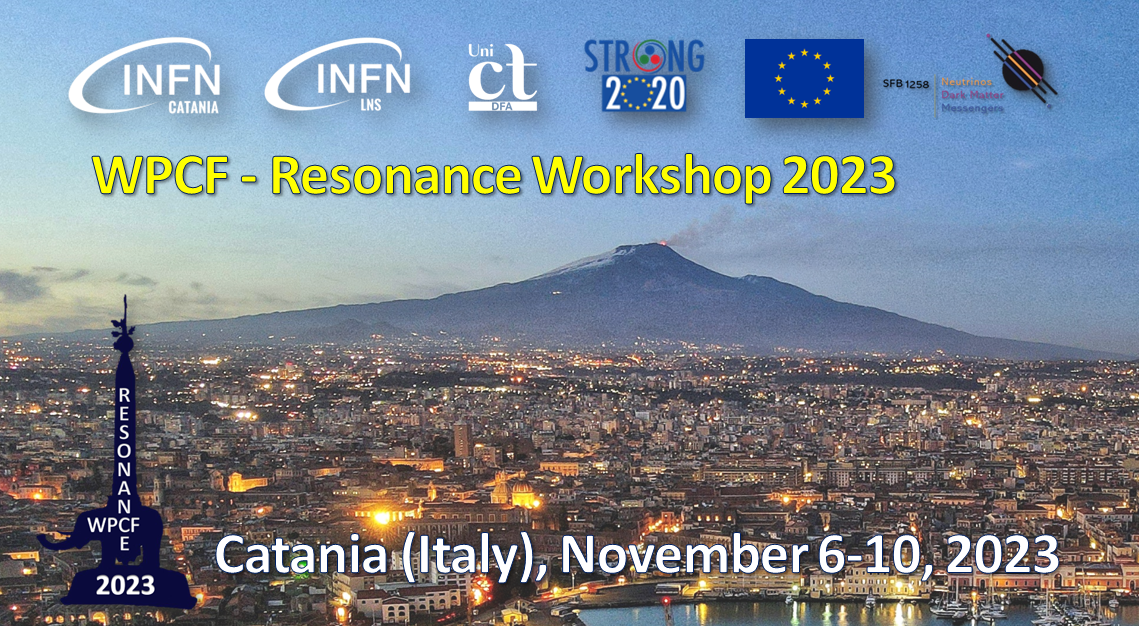Speaker
Description
By measuring the angular correlation between a high-momentum trigger hadron (h) acting as a jet-proxy and a produced strange hadron ($\phi(1020)$, $\Lambda$), strangeness production in an event can be differentiated between hard production processes (jet-like) or softer processes (underlying event). Measuring these correlations in mid-rapidity p—Pb collisions at $\sqrt{s_{\mathrm{NN}}}$ = 5.02 TeV as a function of event multiplicity provides insight into the microscopic origin of strangeness enhancement in small collision systems. With this technique, the jet-like and underlying event strangeness production as a function of multiplicity are compared between a lower and higher momentum region, and the evolution of the per-trigger yields within the near-side (jet) and away-side (medium modified jet) are studied separately. The width of the near and away jet peaks is also studied for the h-$\Lambda$ correlation as a function of multiplicity and compared to the dihadron distribution. Furthermore, the h-$\phi(1020)$ and h-$\Lambda$ pairs within the underlying event give access to a production regime that is dominated by soft production processes, which can be compared to the in-jet production directly. Comparisons between strange and dihadron correlations show that the strangeness production is dominated by the underlying event, with the fraction of non-jet, underlying event production growing as a function of multiplicity. Additionally, the strange content in jets is seen to increase slightly with event multiplicity, pointing to a multiplicity-dependent modification of the jet fragmentation. Results are also compared to model predictions (PYTHIA, DPMJET).

